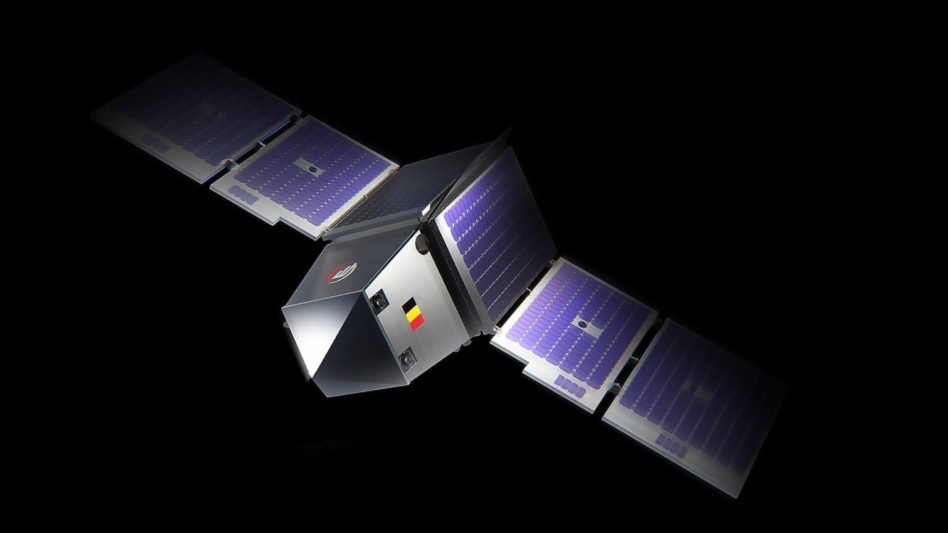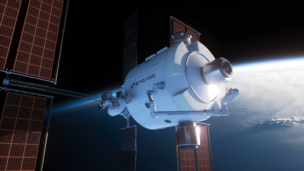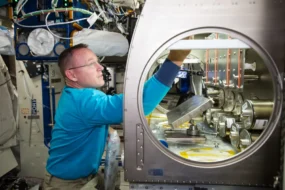Redwire unveiled its latest platform designed for Very Low Earth Orbit this week, dubbed Phantom.
If you’re having trouble keeping track at home, it’s not the same as SabreSat, the VLEO platform it is building in the US. But it is based on Skimsat, the VLEO spacecraft that Redwire is building for ESA alongside Thales Alenia.
Phantom is designed to carry 50 kg payloads for up to five years in orbits below 300 km, while the larger SabreSat is intended to carry 200 kg payloads.
The obvious question: Why is one company investing in redundant technologies intended for the same application? Politics—both export control laws, and governments’ desire to develop domestic industrial bases.
“It’s about creating tailored solutions for the European and American markets,” a Redwire spokesperson told Payload. “Our US and European offices both see VLEO as a great application for national security, and the international and domestic customer bases have different technical requirements, missions, and policies.”
Hot orbit: VLEO, which stretches from 90 to 450 km above the planet, is attracting attention for the obvious reasons: Sensors and comms systems flying closer to the planet have a better view and a less latency. But flying that low means dealing with the atmosphere, which requires solving propulsion and aerodynamic challenges that higher flying spacecraft don’t face.
VLEO will be “a critical domain for the future of defense and intelligence operations,” Redwire CEO Pete Cannito said in a statement. Entrepreneurs are gaining traction: Albedo raised $35M in January for its VLEO imaging constellation, while Phase4 won a $14.9M DARPA contract to develop a VLEO propulsion system.




